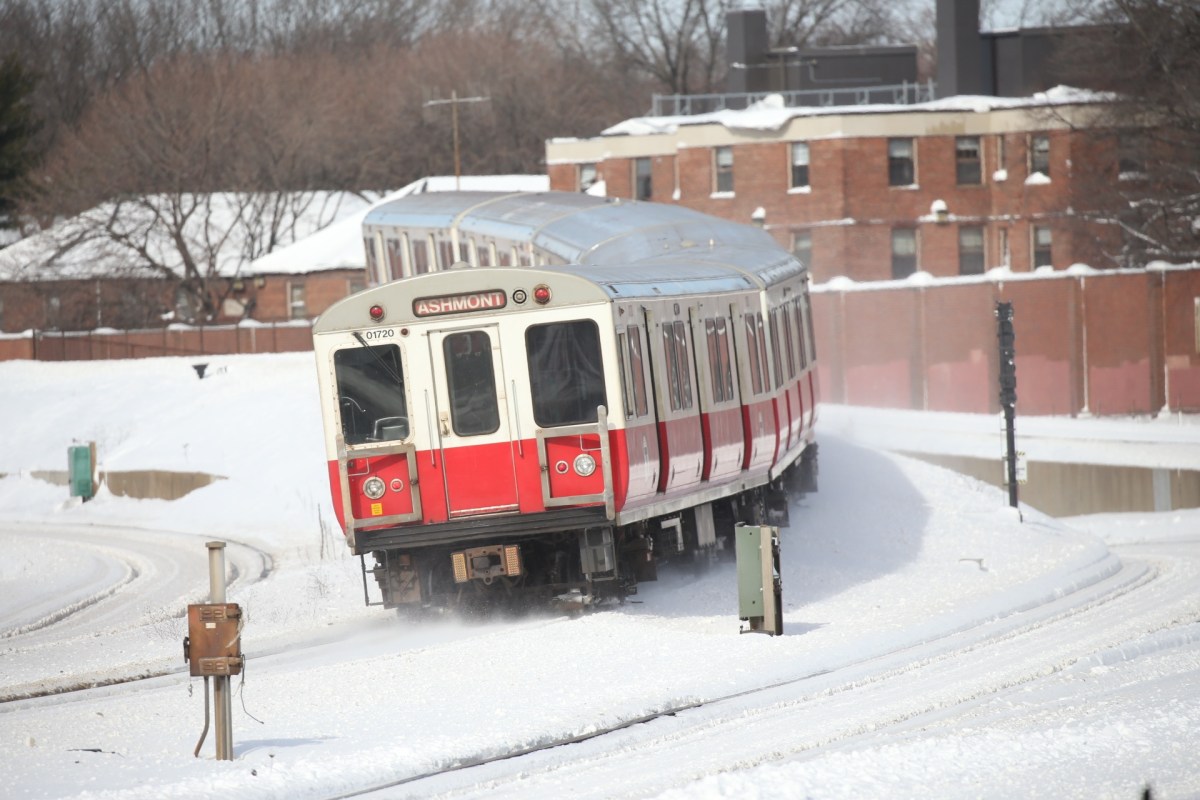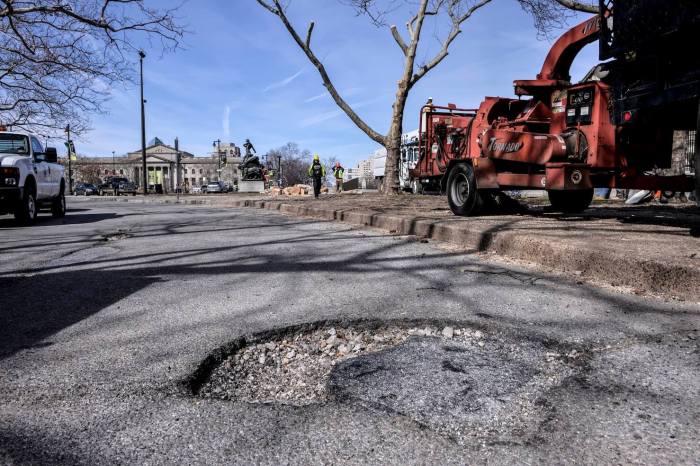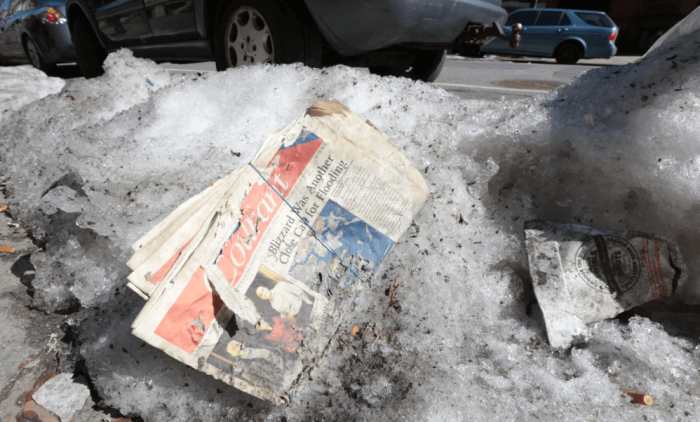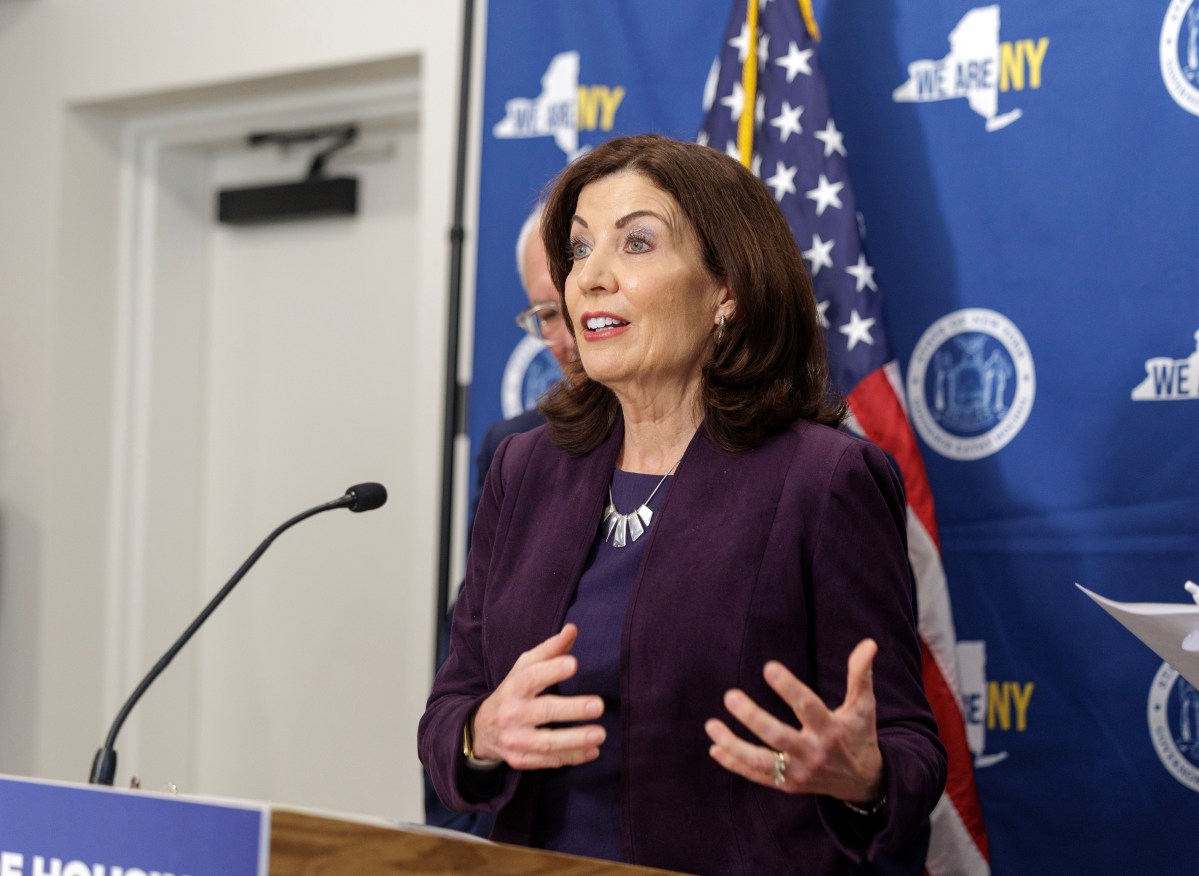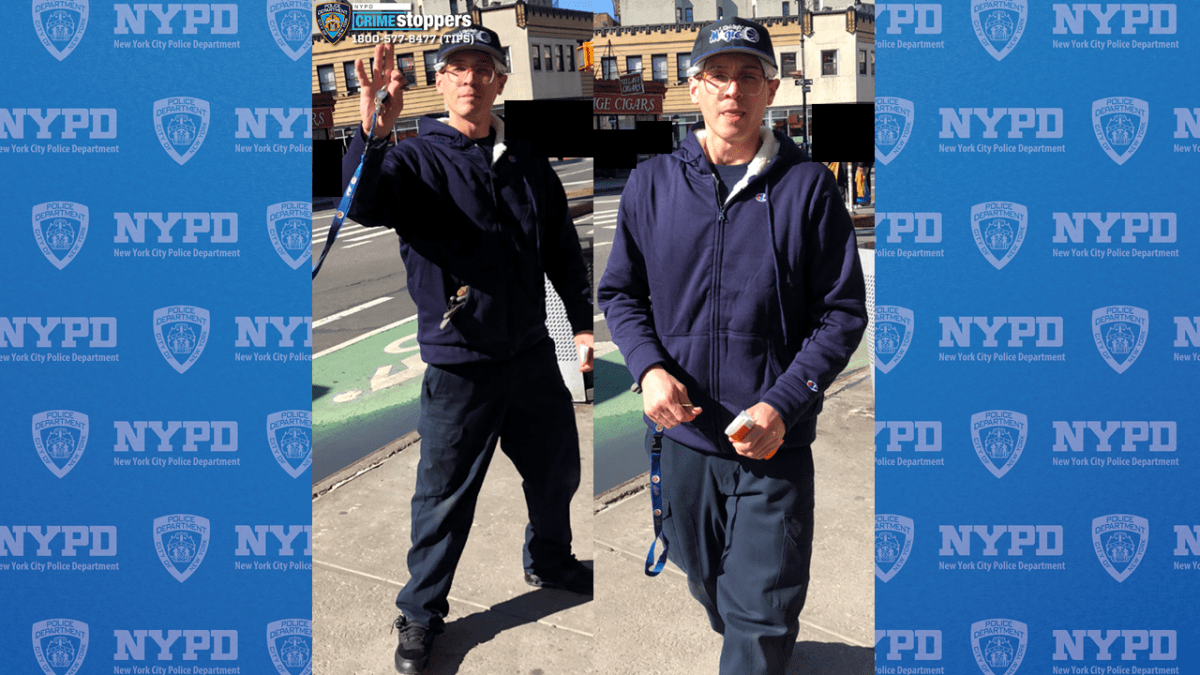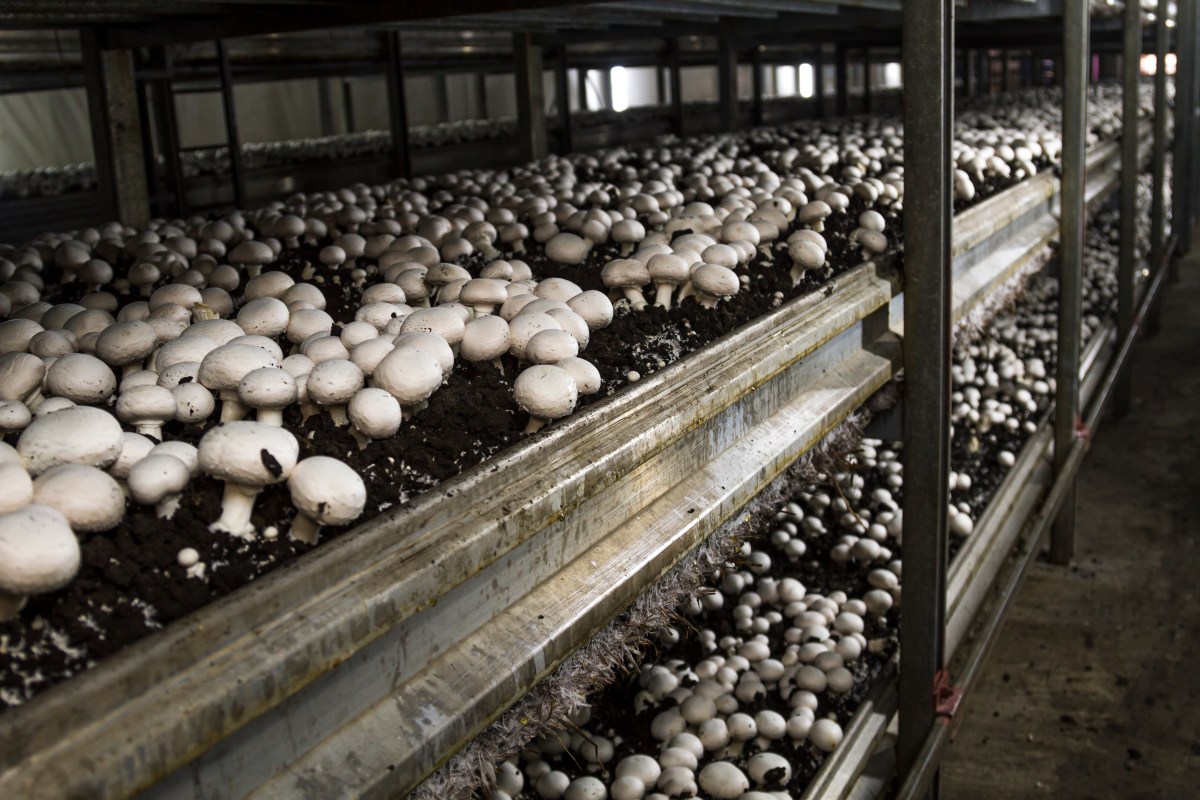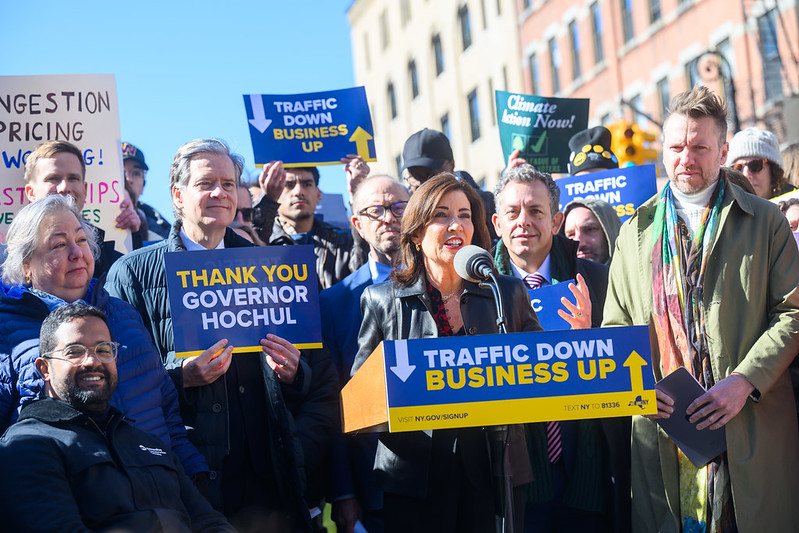Winter is already around the corner — a season that gives every commuter flashbacks to 2015 when snow blanketed the Bay State and the MBTA tracks, briefly shutting down public transportation.
Since that year, the MBTA has continued to make improvements in its winter resiliency efforts, and the transit authority announced this week that it’s invested more than $101 million into improvement projects to make the transit system more resilient in severe weather.
“In advance of this winter, we’re doubling down on our efforts to highlight the key resources that allow us to get the most accurate information about service out to our customers so they can make informed decisions,” said MBTA General Manager Luis Manuel Ramírez in a statement.
“While we’ve proactively made investments in equipment and infrastructure to make the MBTA more resilient,” he added, “we also want to strengthen the channels of communication we have so our riders know what to expect and can plan ahead.”
The T is already urging customers to start preparing for their winter commutes by having those communication channels at the ready.
The MBTA suggested that riders sign up for T-Alerts, follow @MBTA and @MBTA_CR on Twitter, use the Transit app or the MBTA commuter rail app and visit the MBTA website to learn about service information.
Since the winter of 2015, the MBTA has upgraded “track and signal infrastructure, invested in snow-fighting equipment and stocked up on replacement parts for vehicles,” the agency said.
Last year, the Boston area got 42-inches of snow, which activated the MBTA’s “Storm Desk” seven times and the MBTA’s Emergency Operations Center five times. However, the agency noted, MBTA service didn’t see any shutdowns or closures.
“Building on the experience and investments over the past three years, the MBTA has made major progress in our infrastructure,” said Jeff Gonneville, MBTA deputy general manager, in a statement. “In the weeks to come, we’ll continue our multi-faceted approach to snow preparations, from trimming trees along the Green Line corridors to installing new rail, expanding snow clearing and snow removal contracts, performing upgrades to vehicles, and adding additional backup power equipment.”

